What To Sell On Amazon FBA: 14 Wholesale & Private Label Ideas

Allee Evensen
August 03, 2019
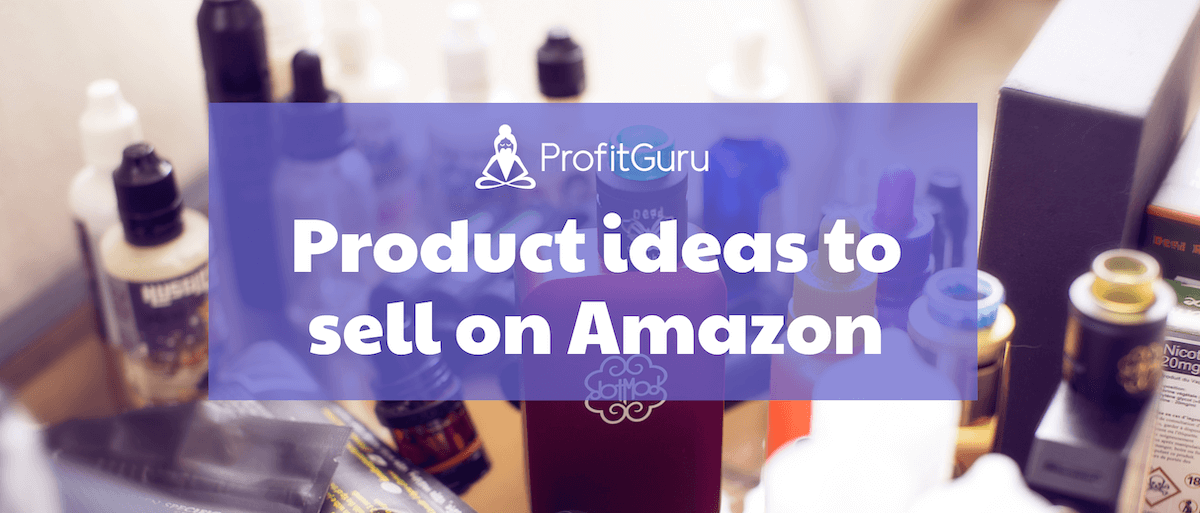
You’ve seen them plastering Youtube and Facebook with multi-million dollar mansions and six figure cars. Casually walking along their beachfront property, they provide assurance that you too can learn the secrets of how to sell on Amazon by simply enrolling in their $4999 course.
Even though we never recommend spending money on information you can get for free, these Amazon “gurus” have the right idea. Amazon won’t make anyone an instant millionaire, but last year Jeff Bezos announced small and medium-sized businesses earn an average of $90,000 a year using the Amazon platform. Amazon holds a massive 50% share of the U.S. e-commerce market, with no signs of slow down on the horizon.
If you’re looking for a green slice of the Amazon pie, read on.
Finding products to sell on Amazon isn’t dumb luck -- it’s a process powered by good research.
Choosing what you want to sell on Amazon is easier than you think, even if it takes a little legwork. ProfitGuru provides a massive amount of data that can help you predict which products are most likely to bring in profits. Even if you have no idea where to start, ProfitGuru gives you the tools to search for products with good profit margins. Best of all, you can (and should!) do all of this research before ever spending a dime on stock.
We’ve written a comprehensive guide to products you should (and shouldn’t) sell on Amazon.com. Nobody can tell you exactly what to sell (after all, there are almost 4 million products listed on Amazon) but this Amazon selling guide will help kick off your research. Before we start, let’s get a little lingo down.
Wholesale vs. Private Label
Long before you even open an Amazon account or make a purchase, you should have a good idea of how you’re going to source your products. Most sellers opt to sources from two methods: wholesale or private label.
Wholesale
Wholesale is buying pre-branded goods in large quantities from a distributor. For example, purchasing 1000 Barbie dolls from Mattel (or another company who buys from Mattel) would qualify as a wholesale purchase.
Private Label
Private Labeling is buying a product directly from the manufacturer and branding it with your own company name. This can be a product that already exists in the market or something new you’ve worked with a manufacturer to create from scratch. Most private label products on Amazon are imported from China.
FBA, FBM & Seller-Fulfilled Prime
Amazon provides a few options when it comes to fulfillment.
FBM (Fulfillment by Merchant)
FBM (Fulfillment by Merchant): With this method, the merchant ships to the customer from their own warehouse/location. When a customer puts in an order, Amazon tells the merchant how to pack it, ship it, and upload a tracking number to the seller central account. FBM fulfillment fees are typically 10-20% lower than FBA, but we still don’t recommend this method to brand new sellers, unless they have a pre-established warehouse setup.
FBA (Fulfillment by Amazon)
FBA (Fulfillment by Amazon): With FBA, Amazon takes care of all the packing and shipping of items, and guarantees customers will receive them in two days. All the merchant does is send their product to a few selected Amazon warehouses and Amazon takes care of the rest. With FBA, Amazon also takes care of all customer service issues. Typical FBA fees are around 35% of the sales price of an item, though this can vary depending on weight and dimensions of an item.
SFP (Seller-Fulfilled Prime)
SFP (Seller-Fulfilled Prime): Seller-Fulfilled Prime is an exclusive program that allows merchants to send products from their own website, while still guaranteeing two-day shipping. New sellers should avoid this program unless they have previous shipping logistics experience. Not only is it expensive, but the metrics Amazon requires can be challenging to maintain.
Now that we’ve covered the basics, let’s dive into some basic Amazon product research that will help you narrow down your profitable product choice.
Don’t Sell: Heavy FBA Items with a low profit margin.
The minimum fulfillment fee Amazon charges for any item is around $5, with extra fees for excessive weight. Once you add in inbound shipping costs with an Amazon partnered carrier, it’s easy to lose money rather than make it.
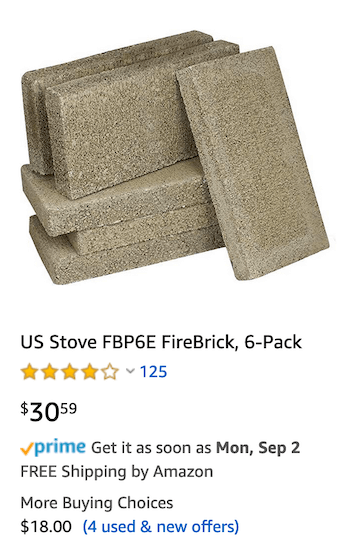
Selling brick on amazon
Do Sell: Small, light items
Any product in new condition that measures 16 x 9 x 4 inches or less, weigh less than 10 oz or less, and is priced at $7 or less is eligible for Amazon’s Small and Light program. This program cuts fees as much as 50%, and is the only profitable way to sell low-priced items on Amazon.
The following product types below are not eligible:
- Restricted products
- FBA Prohibited Products
- Adult products
- Dangerous good (hazmat)
- Temperature-sensitive products (such as chocolates)
- Products with existing FBA offers that use manufacturer barcodes for tracking instead of Amazon barcodes
- Slow-moving products (ASINs offered on Amazon for more than 90 days that have sold fewer than 25 units in the last four weeks)
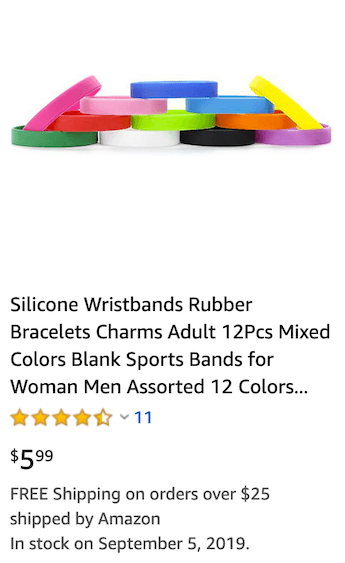
Selling bracelets on amazon
Don’t sell: Items with lots of similar competitors
When you’re researching a niche on Amazon, type a keyword into the search bar and see how many results come back. If there are a lot of similar products that have the same basic functionality, the niche will be hard to break into.
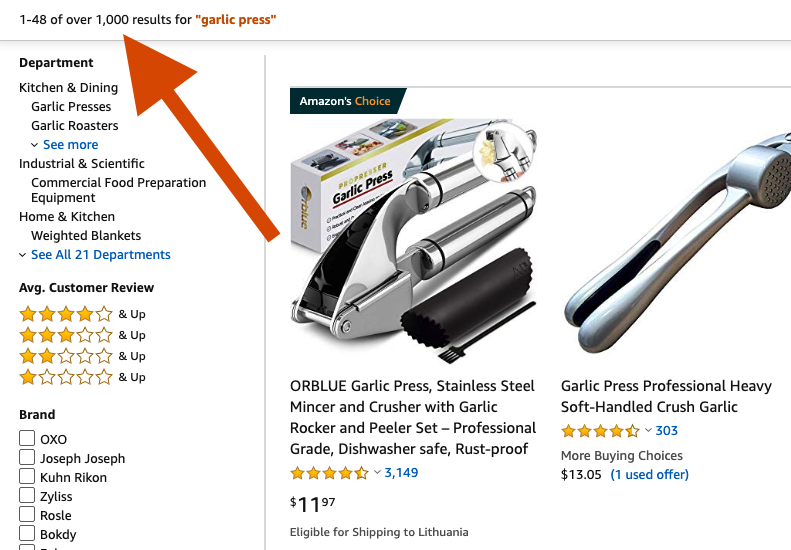
Garlic Press
The exception to this is if you can create a private label product that is better, cheaper, or has a different function than currently exists within the niche.
Do sell: Complementary items
Search for items that don’t exist, but have a function that compliments another popular item. This will help kickstart your listings from the get-go, because Amazon will pair the listings in search results over time.
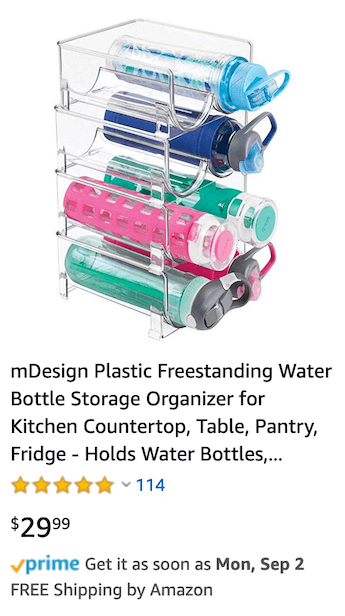
Watter bottles
Don’t sell: Items with high liability
Think about the risks associated with your product choice. Can a customer fall off of it? Does it have moving parts? Could it cause bodily damaged if consumed? Is there a risk of recall? Unless you have a multi-million dollar liability insurance policy, low risk products are the way to go.
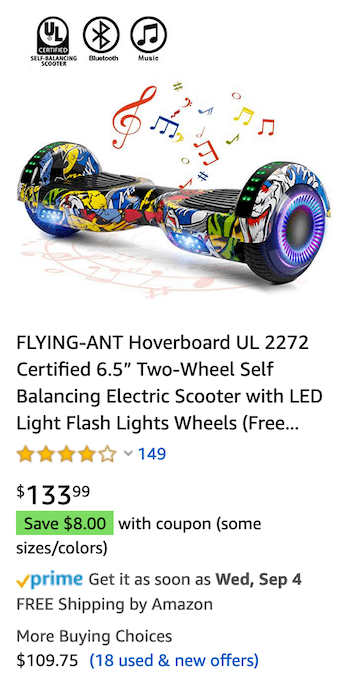
Hoverboard is an example
of high liability item
Do sell: Kids toys without moving parts or batteries
Not only are these products less risky than electronics, but they are generally cheaper and less likely to be damaged in shipping. They also have a built-in audience: many parents specifically seek out traditional toys over modern ones.
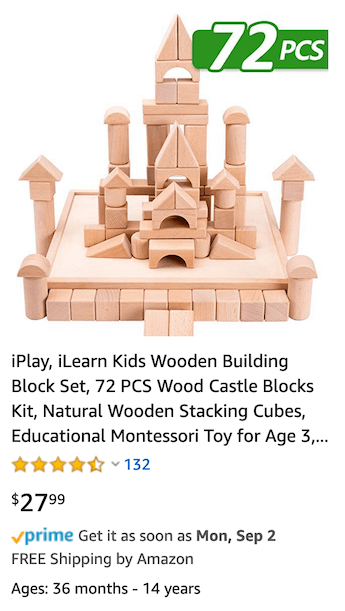
Wood blocks
Don’t sell: Gift “bundles” with restricted items
There are thousands of items that are gated or restricted on Amazon. While there is usually an approval process that can remove these barriers, it’s often expensive or time-consuming. Some sellers “bundle” restricted products with allowed products as a way around the rules. This is a quick way to get your Amazon account suspended.
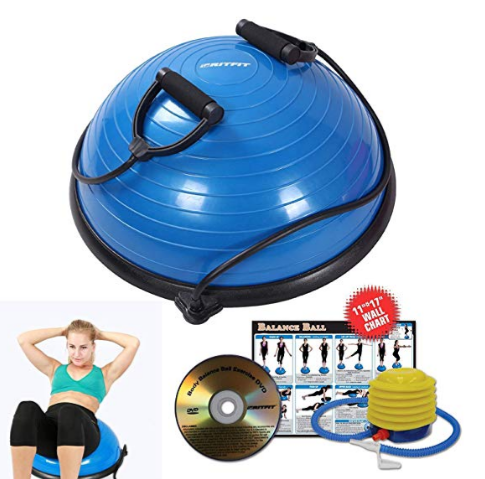
Product bundle with restricted products
Do sell: Household items in multipacks
In some categories (household and grocery) it can be profitable to bundle exact items in multiples. Not only does it save on fees, but customers are more likely to buy multiples of items they need to replace on a consistent basis. This is especially applicable to private label items -- Amazon generally frowns on bundling wholesale items if they don’t come in a multipack from the manufacturer.
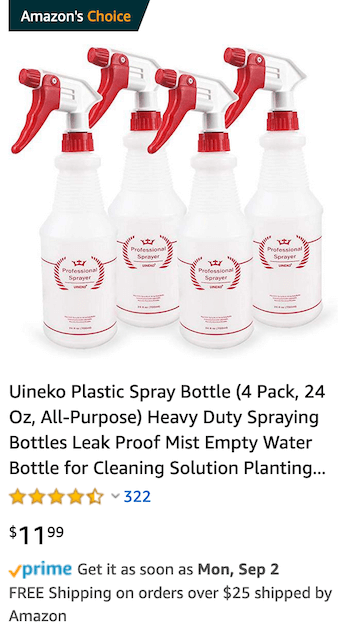
Spray bottles
Don’t sell: Items with a high return rate
Clothes, shoes and baby products the highest rate of return on Amazon. When a customer returns an item (even if it’s damaged) Amazon may elect not to reimburse you. Even if they do, you’ll still be out the original selling fees you paid for the item.
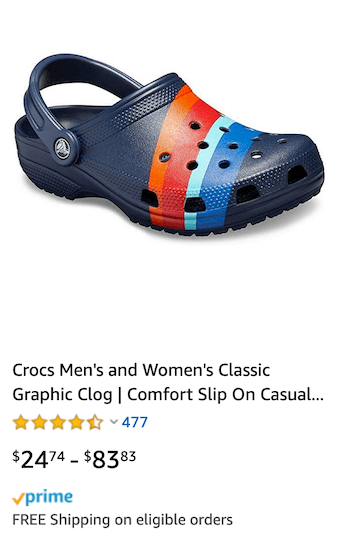
High return item - shoes
Do sell: Ship-proof items
If you sell FBA products, your items will go through many hands: An inbound shipping company, Amazon warehouse employees, robots, and a final shipper (to name a few). Choosing products that aren’t easily damaged will save you time and money. When in doubt, do a drop test. If your product can fall from 10 feet without showing any signs of wear or damage, it’s probably a safe bet.

Shipping proof item - balls
Don’t sell: One of a kind items
While Amazon does have a collectibles category, it’s not a great long-term business model to sell valuable memorabilia. Take that Peyton Manning-signed jersey to a professional, or at least attempt Ebay before listing it on Amazon.
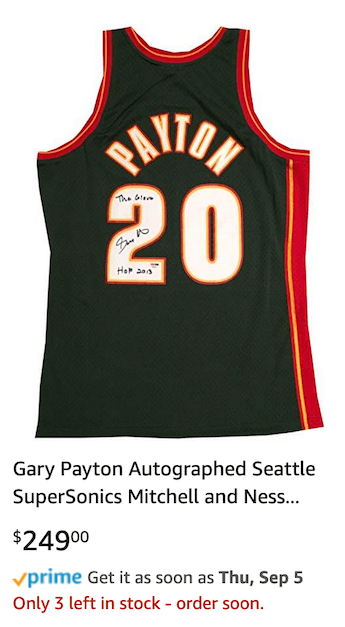
Peyton Manning-signed jersey
Do sell: Popular items you can get on a consistent basis
You’re out to build a business, not a thrift store. Spend your hours finding products that can be consistently reordered rather than one-time finds. Think about brands or items your customers use day in and day out.
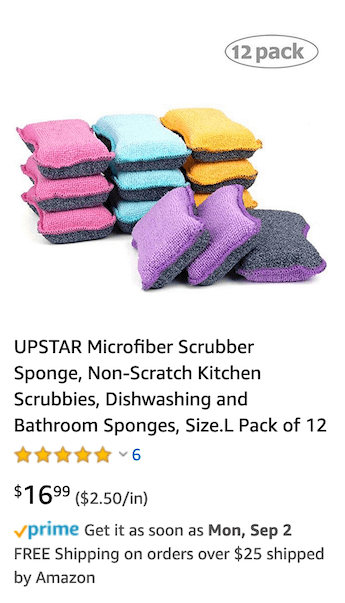
Sponges
Don’t sell: Wholesale products with hundreds of other sellers on the listing
Customers buy Amazon products using the buy box, which rotates between sellers who have the lowest price on a given product. When you’re splitting the buy box between 100 (or even 10!) different sellers, you’ll only get a portion of the sales you would if you were the only seller. Even the most popular products can be difficult to sell if the competition is fierce.
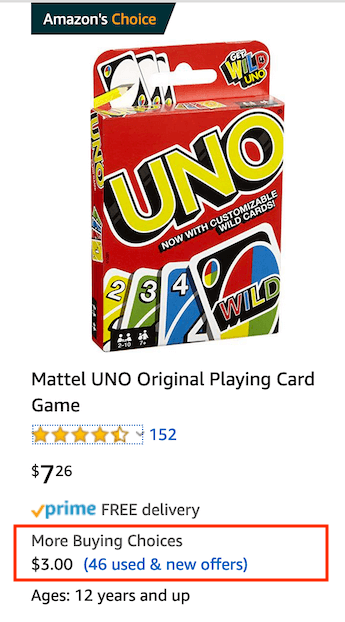
Uno game
Do sell: Items from regional wholesalers
One of your best resources is a quick Google search to find wholesalers in your immediate area. Not only does this save money on shipping costs, but you’re more likely to find products that may not be easily accessible across the rest of the U.S. It’s also easier to arrange face-to-face meetings to guarantee you’re getting the best price possible.
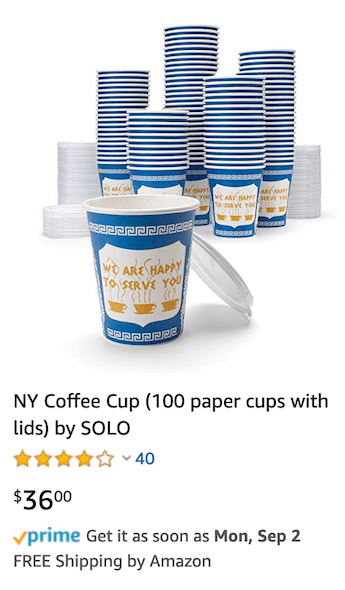
NY coffee cup
With more than 350 million products on Amazon, it’s obvious there’s a profit to be made. However, to be a true player in the e-commerce game you must find products with great margins, minimal competition, and limited risk. ProfitGuru makes this process seamless -- give it a test run today.
Do you have a product in mind? Follow our blog here to learn how to contact wholesalers, put in your first order, and start selling on Amazon today. The money is waiting, all you need to do is take action.
On this page
- Wholesale vs. Private Label
- FBA, FBM & Seller-Fulfilled Prime
- Don’t Sell: Heavy FBA Items with a low profit margin
- Do Sell: Small, light items
- Don’t sell: Items with lots of similar competitors
- Do sell: Complementary items
- Don’t sell: Items with high liability
- Do sell: Kids toys without moving parts or batteries
- Don’t sell: Gift “bundles” with restricted items
- Do sell: Household items in multipacks
- Don’t sell: Items with a high return rate
- Do sell: Ship-proof items
- Don’t sell: One of a kind items
- Do sell: Popular items you can get on a consistent basis
- Don’t sell: Wholesale products with hundreds of other sellers on the listing
- Do sell: Items from regional wholesalers
The Free Email Course to KickStart Your Amazon Journey
Getting from an idea to your first few sales in 7 days

